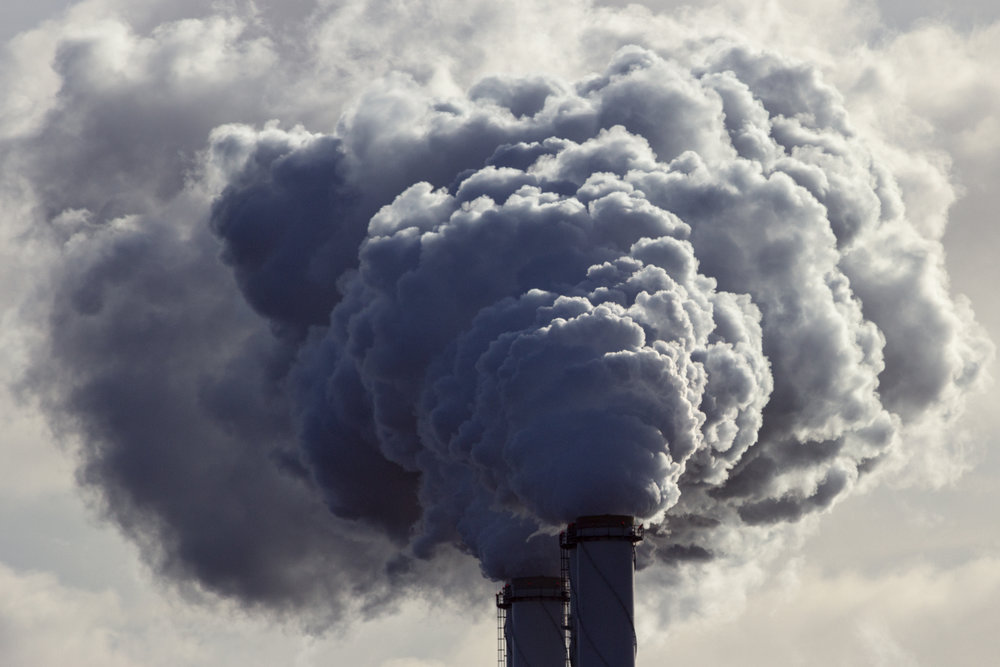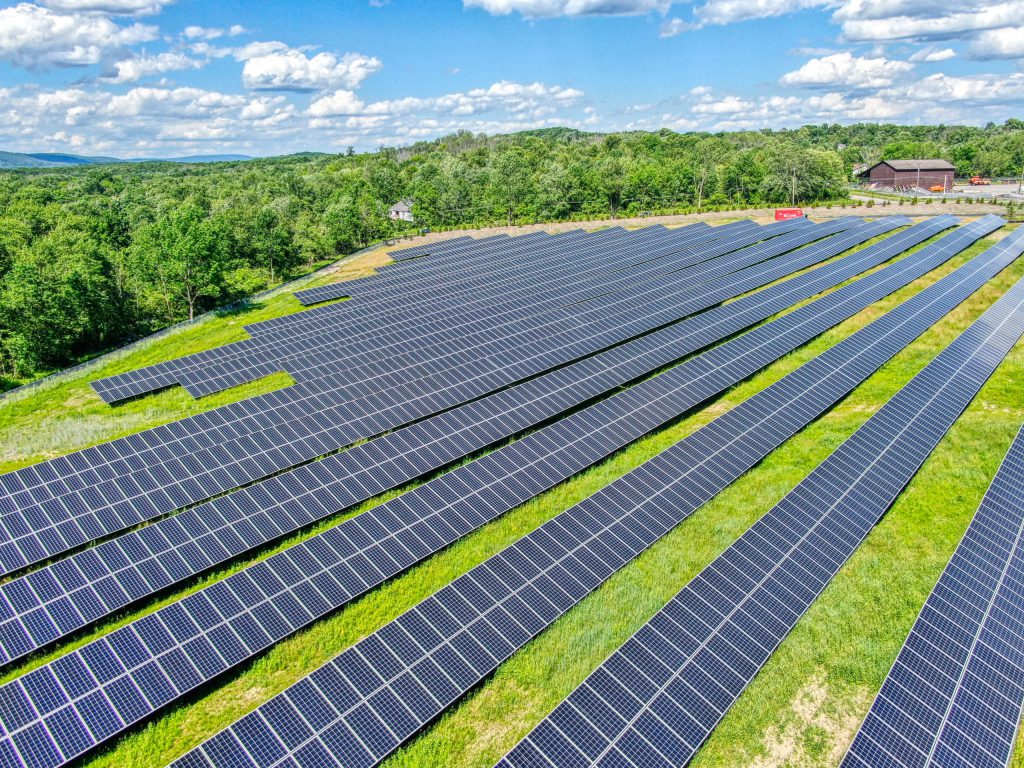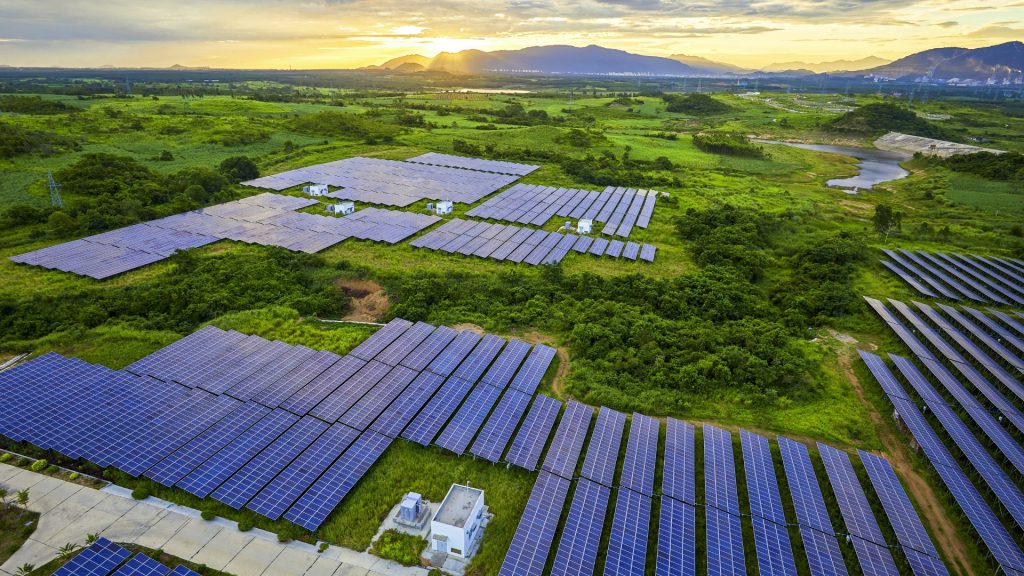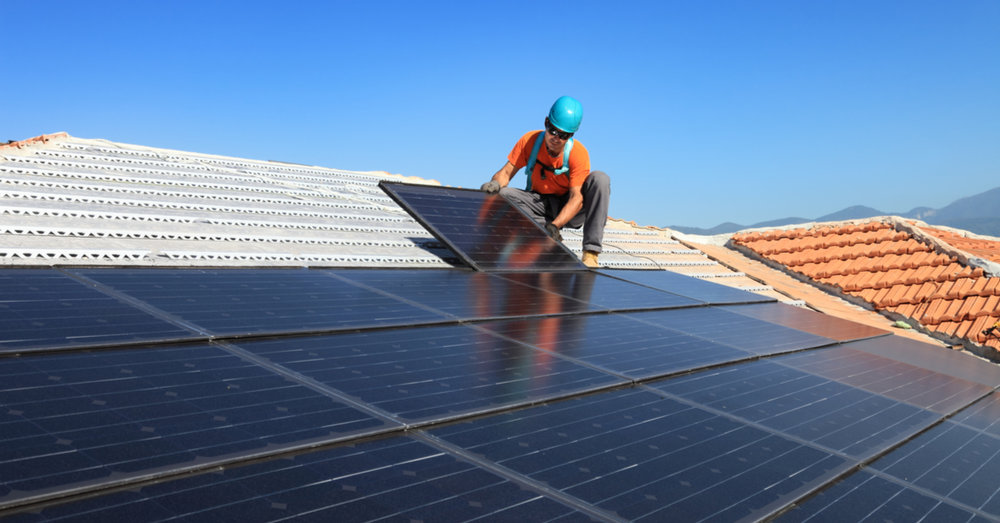The consequences of climate change are here. Sea levels are rising, heat waves worsening, crops losing productivity, and deserts spreading. And the costs of these climate-related damages aren’t paid by polluters—instead, everyday citizens take on the burden.
But what if there was a way to more accurately represent the true cost of carbon pollution, to make sure that climate impacts factored into the financial decisions that people make on a day-to-day basis?
Carbon taxes and other forms of carbon pricing are being implemented in countries around the world, with exactly this goal in mind. But what is the best way to factor in these costs without hurting everyday people, and without introducing loopholes that allow polluters to skirt the rules?
The True Social Cost Of Carbon
Fossil fuels are the largest source of human-caused CO2 emissions, and contribute to numerous other types of harmful pollution. The results are not only detrimental to the environment, but to your health and the health of future generations.
The extreme weather and sea level rise that result from climate change also impose significant financial costs to society due to damaged infrastructure, lost agricultural productivity, and other factors.
A recent report coauthored by leading climate scientist Sir Robert Watson put the annual costs to the U.S. economy at $240 billion, and these staggering yearly costs are only projected to get worse in coming years. Meanwhile, say leading scientists, global carbon emissions are not falling fast enough to prevent catastrophic climate change.

Carbon Pricing And The Carbon Tax
Recognizing that business interests share their fate with the well-being of future human societies, environmental advocates and conservative economists have found rare common ground in promoting one solution to climate change: a price on carbon. This solution enforces a fee on carbon emissions, ensuring that businesses will think twice about excessive pollution, and encouraging them to move to cleaner sources of energy. Carbon taxes are commonly recognized as the most effective form for carbon pricing. By charging a direct fee on carbon-emitting fossil fuels such as coal, oil, and gas, this type of carbon price leaves polluting industries few loopholes and has been shown to significantly reduce carbon emissions (and are expected to have a greater effect when prices are set closer to the true price of carbon).
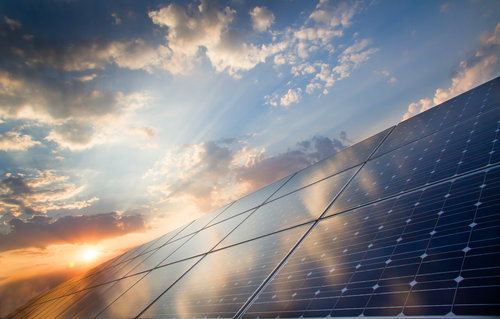
How Does A Carbon Tax Reverse Climate Change?
Only in the past decade have wind and solar energy become significantly cheaper than coal and oil. Even in this short time, though, their growth has been astonishing. It was once unthinkable that China would ever give up coal as its main energy source, but in 2017, the country installed more than 52 gigawatts of solar—that’s more generating capacity than the electric grids of 193 individual countries around the world.
By making polluters pay upfront for the impacts of their actions, carbon taxes help fix a glaring problem in world markets, and improve the financial value of renewables relative to fossil fuels. So, what’s stopping renewables from truly taking over?
The Electrification Of Everything
The attraction to fossil fuels often stems from the fact that they’ve historically been the cheapest and most convenient source of raw energy. Because of this, many industries (in particular, manufacturing and transportation), directly use the heat and pressured produced by burning fossil fuels without ever converting it to electricity.
But the future is electric. New technologies are already rolling out into the world that ensure that transportation and manufacturing technologies don’t have to rely on expensive, polluting fossil fuels forever.A carbon tax hastens the transition to clean energy by ensuring that the market price of energy and consumer goods include the full social cost of the carbon used to produce them, and that the cheapest, most effective low-carbon technologies are allowed to scale, regardless of the mechanism used to power them.
Carbon Taxes Inspire Innovation
At the most basic level, carbon taxes reshape our economy to naturally seek the ideal of a clean, efficient energy system.
This doesn’t just make our economy more advantageous for efficient technologies, but it triggers greater investment in next-generation game changers. From energy storage technologies that allow solar panels to power the grid 24/7 to new electrification techniques, a carbon tax spurs the energy industry into a low-carbon future.

Revenue-neutral Carbon Taxes Gain Support Across The Political Spectrum
Many carbon tax proponents have suggested leveraging the revenues to further support renewable energy and sustainable technology development. However, one element of the American political landscape has consistently stood in the way of implementing a price on carbon: a strong opposition among certain interest groups to any increase in federal taxes.
In recent years, though, a solution has emerged, as leaders in the republican party have come out in support of a revenue-neutral carbon tax. Such a tax would take the revenues generated by the tax and give them directly back to taxpayers, in the form of a tax rebate—offsetting any increased tax burden, and potentially helping to offset the fuel costs of low-income populations.
Looking Forward, Not Back
Once it leaves the tailpipe, carbon dioxide will remain in the atmosphere between 50 and 200 years. Climate change is already upon us, and every molecule that we can keep in the ground will be a step towards a more sustainable future. Keeping polluters honest by putting a price on carbon can be a step in the right direction on greenhouse gas emissions, and one that draws agreement from across the political spectrum.
